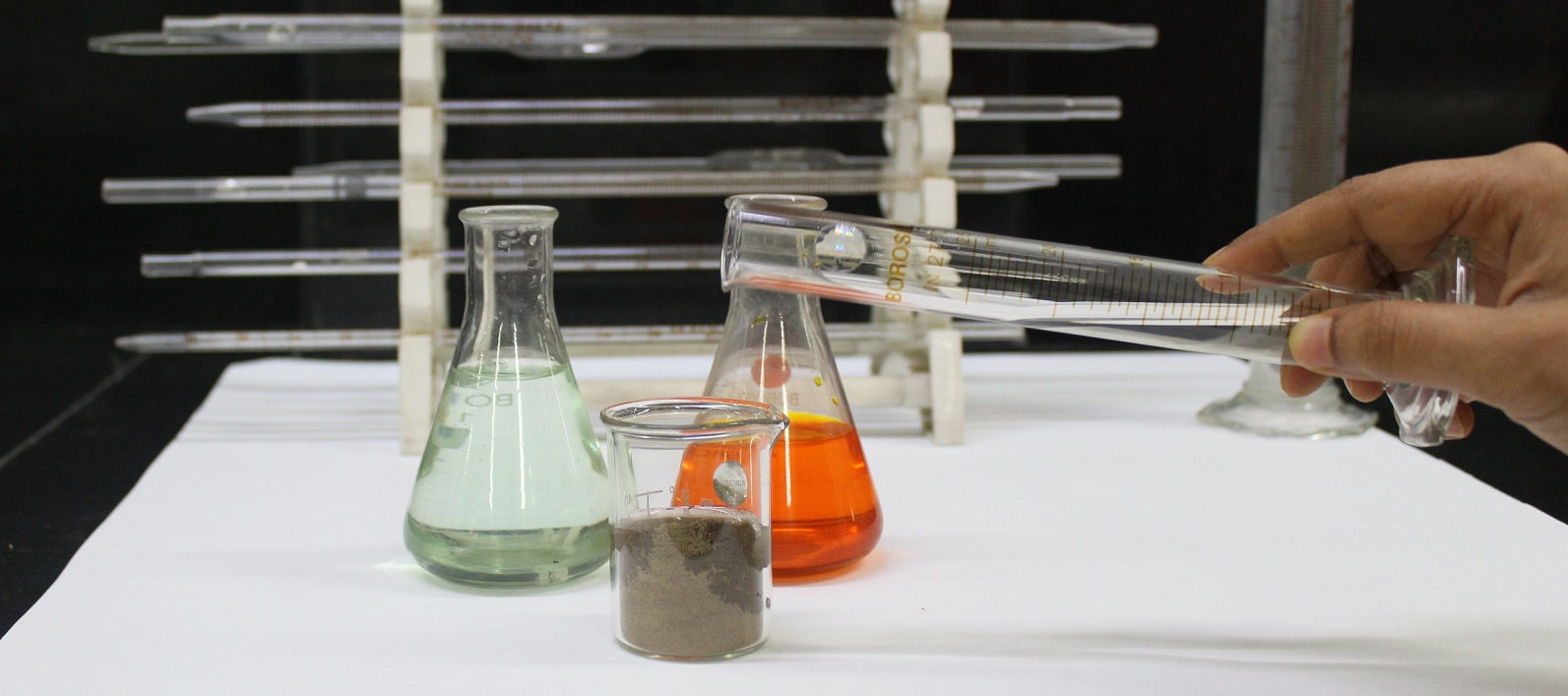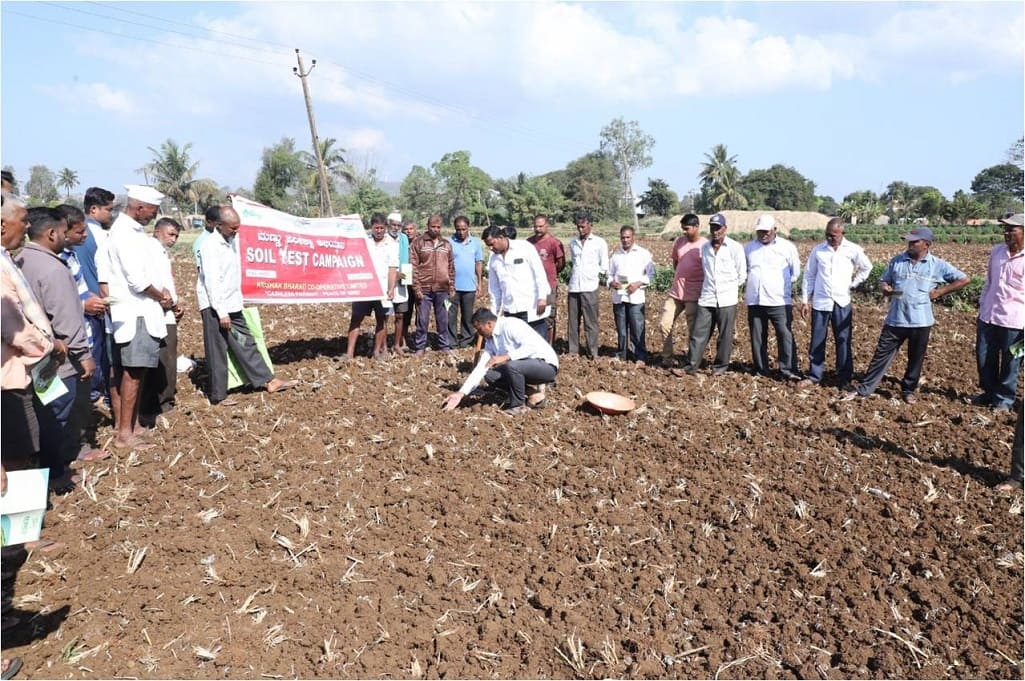One month before seed sowing or transplanting is the right time of taking soil sample. Problem soil areas may be sampled anytime.

KRIBHCO promotes efficient & balance use of fertilizers by providing farmers Soil Health Cards free of cost by soil testing including pH & EC. The modern soil testing lab at KRIBHCO Noida has a capacity to test 5000 samples per annum.
All the Soil Health Cards with results & recommendations send to farmer by E-mail through our field officers as well as farmers. The results are also uploaded regularly on KRIBHCO website for easy & prompt access by farmers. All farmers get benefited by using balance fertilizers in crops on soil test basis.
Tested 5.40 Lakh soil samples up to March-2024 from 16 states of the country
4.66 Lakh soil samples for Macro- nutrients (%OC, P, K)
73,549 soil samples for Micro- nutrients (Zn, Cu, Fe, Mn)

One month before seed sowing or transplanting is the right time of taking soil sample. Problem soil areas may be sampled anytime.
Soil sampling has become an important tool for assessing soil fertility. The main problem in the effective use of soil testing is obtaining proper representative soil sample. Proper soil sampling will provide accurate soil test results and reliable nutrient recommendations for a particular crop.
Sample must truly represent the field it belongs to. A field of one acre area generally treated as a single sampling unit. Larger area may be divided in to smaller homogeneous units for best representation of the soil. Areas near trees, wells, compost pit, recently fertilized plots, bunds, irrigation channels etc. must be carefully avoided during sampling.
An area of about 2-3 meters along all the sides of the field should be left. Sample should be drawn from 0-15 cm i.e. plough layer of furrow slice in case of cereals, vegetables and other seasonal crops & take the sample from 8-10 cleaned marked spots of entire field. Samples should be collected from different depths in case of deep rooted & longer duration crops like sugarcane or under dry- farming conditions.
In case of garden of fruit or other trees, composite sample from 0-30, 30-60 and 60-90 cm depth should be made from 4-5 pits dug in one acre field. Collect a small portion of soil up to the desires depth side by means of suitable sampling tools (Khurpi, Kassi or Phawda, Screw/Tube/Post hole Auger) from well marked 8-10 spots, moving in to zigzag manner from each individual sampling site in the entire field. Fields having standing crops in row, draw the soil sample in between the rows.
Collected soil from all the spots with in one field may be mixed uniformly & thoroughly by hands on clean floor or plain sheet under the shed. Reduce the bulk sample soil to about 250-500 gm. by quartering process. Spread the entire clean bulk sample soil, divide it in to four quarters, discard two opposite ones & remix the remaining two, repeat this process until soil is left about 250 gm. & dry it properly in the shade. It may be the representative soil sample of the particular field. Transfer the sample minimum 150 gm in to clean small polythene bag.
Fill all required information in Soil Sample Identification Slip and Place it in another polythene bag to avoid spreading of ink/ missing information and again put it in soil sample bag before sending to KRIBHCO Krishi pramarsh Kendra ,NOIDA for testing.